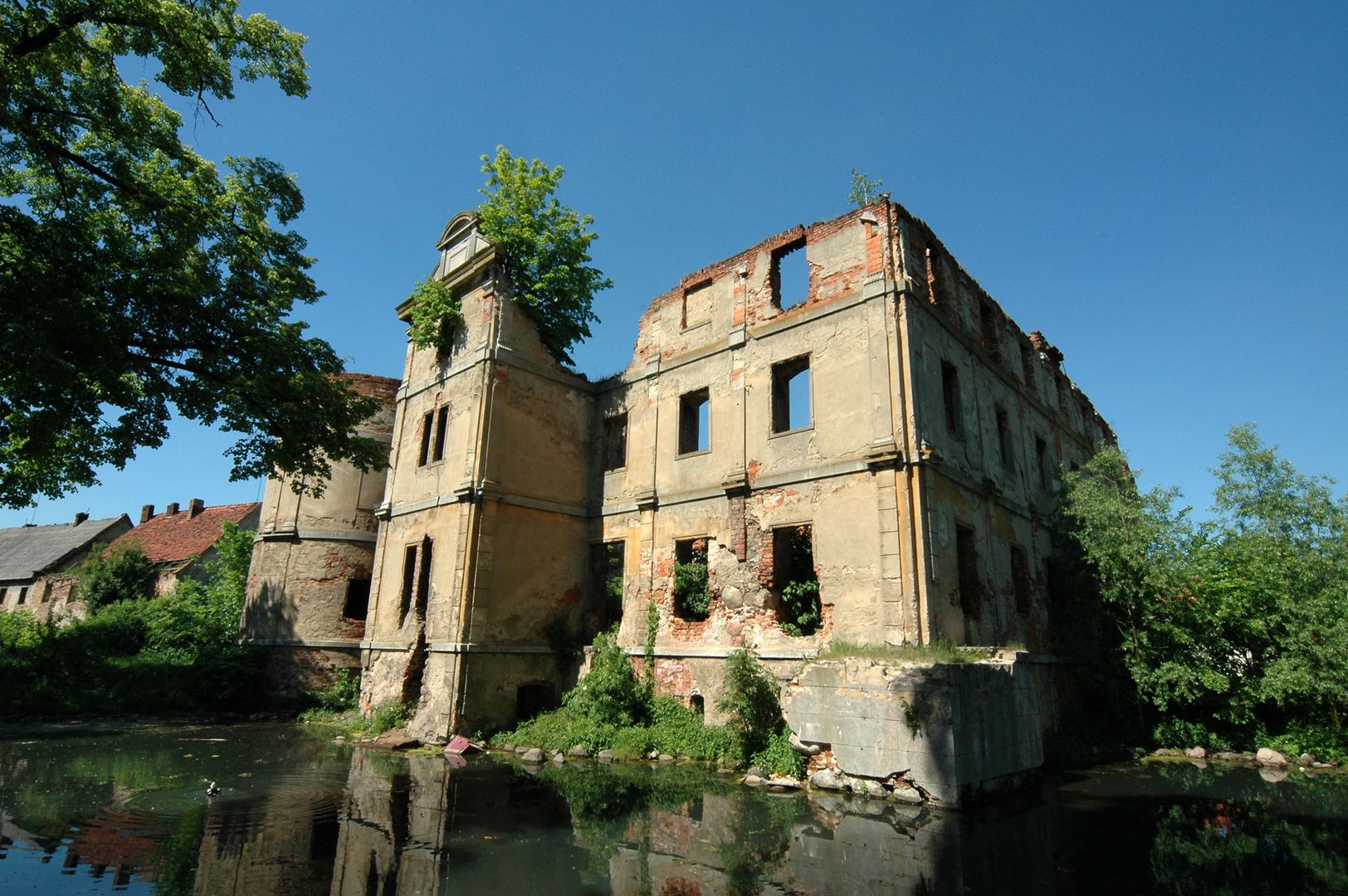Czernina
6.27

Overview
Czernina is a village in the Lower Silesian Voivodeship, with a rich history dating back to at least 1284, when the settlement was first mentioned. Its name is derived from the black earth or the depth of the surrounding forest. Historically, Czernina was a place of religious significance, with the Church of St. Lawrence, which served as the seat of a parish from the 14th century. In 1496, it received a papal privilege from Pope Alexander VI to organize indulgences. The village passed into the hands of various owners, including noble families such as von Dohna, and in 1584 it was granted town rights, which initiated urban development and the construction of town walls. The town gained prominence during the Renaissance, and in the 17th century, it became a center of vibrant cultural life, with various craft guilds present. Unfortunately, wars such as the Thirty Years' War and the Silesian Wars brought significant destruction, leading to a decline in prosperity.
The architecture of Czernina is characterized by historic buildings, including the Church of St. Lawrence, which was rebuilt in the 19th century and features a Gothic triptych from the 16th century and numerous epitaphs. The town hall in the market square, reconstructed after a fire, showcases a Classicist style. A notable attraction is the castle in Upper Czernina, whose ruins testify to the former power of this place. Interestingly, in the 19th century, Czernina was home to various craft and commercial establishments but never reached a population exceeding one thousand inhabitants. After 1945, due to war damage, it lost its town rights and became a village. The municipal authorities were relocated to Czernina, which influenced its development. Despite its turbulent history, the village has preserved architectural elements and an emotional cultural heritage that attracts historians and tourists.
Location
2025 Wizytor | All Rights Reserved